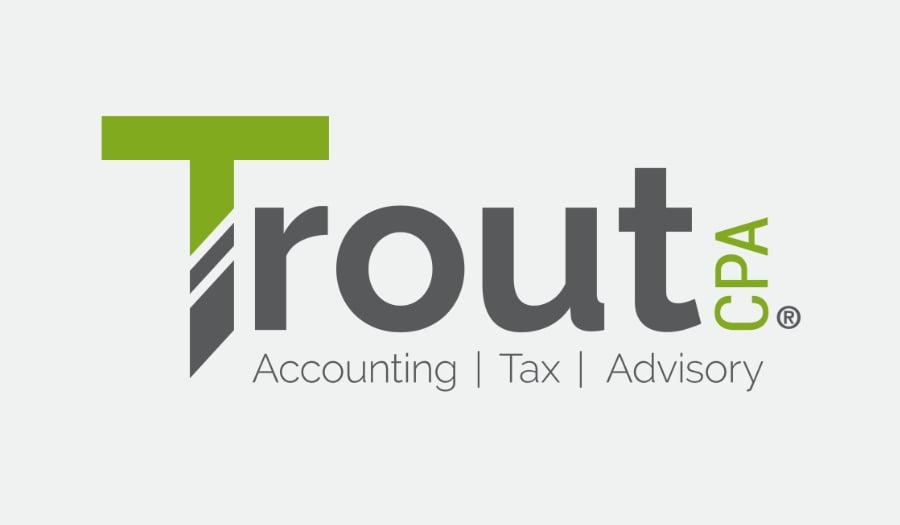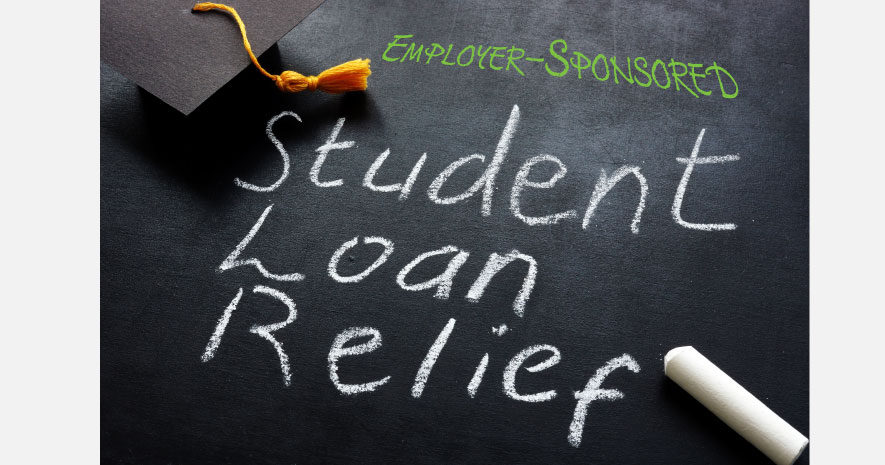President Joe Biden on August 24, 2022, announced federal student loan debt relief that is likely to affect many employees with earnings of $125,000 or less ($250,000 for married couples). These employees might qualify for up to $20,000 in federal student loan debt cancellation (if they received a Pell Grant, which is special federal assistance for low-income individuals that does not need to be repaid) and up to $10,000 in debt forgiveness for non-Pell Grant recipients.
The Pell Grant criteria is intended to designate more relief for lower-income individuals, since Pell Grants are based on financial need to pay for undergraduate degrees. In other words, borrowers who received Pell Grants are lower-income individuals, so they will be entitled to up to $20,000 under the new debt cancellation program, whereas non-Pell Grant borrowers had more financial resources to pay for college, so they will be entitled to up to $10,000 under the new program. Prior to this program, employees struggled with financial security notwithstanding full-time employment due to payments on crushing student loan debt.
How Employers Have Tried to Help Employees Cope With Student Loan Debt
Impact on Retirement Savings.
Employees who had to pay student loan debt often could not afford to contribute to the employer’s 401(k) plan. Consequently, they lost out on the employer matching contributions. Forgone salary deferrals and related matching contributions, especially early in employees’ working lives, result in a negative lifetime impact on their retirement savings, due to losing decades of tax-deferred growth.
In 2018, the IRS issued Private Letter Ruling (PLR) 201833012 to Abbott Laboratories, allowing the employer to make a matching contribution to its 401(k) plan based on participants’ student loan repayments instead of based on the participant’s salary deferral into the 401(k) plan. While PLRs cannot be relied upon by anyone other than the recipient, the ruling provided employers some comfort that they could help employees save for retirement.
Since 2018, employers have explored amending 401(k) plans to match an employee’s payment on student debt just as if the payment had been an elective deferral to the plan. However, providing that benefit did not lower the student loan debt amount. The new federal debt forgiveness might make the 401(k) matching contribution for student loan repayments less attractive to employers because it should free up employee funds so elective deferrals can be made that would earn a true match.
Tax-Free Student Loan Reimbursements.
In March 2020, the CARES Act expanded the educational assistance that employers could provide tax-free to employees to include up to $5,250 per year for tax-free reimbursement of student loan debt payments, but only for 2020. In December 2020, the Consolidated Appropriations Act extended that relief provision for five years (through December 31, 2025). This new tax-free benefit has been a hot topic for recruiting and retention during 2021 and 2022 in light of the “Great Resignation.”
While employers understandably want to help employees with their education debt, it is doubtful that employers would want to pay off education debt if employees could obtain debt forgiveness from the federal government under this new program. Therefore, employers who have educational assistance plans that include reimbursing employees for student debt payments should consider revising their programs to require employees to apply for all available federal student loan debt forgiveness. These programs become increasingly important for non-federal debt that is ineligible for the new federal student loan relief.
Insight
Employers who make payments to lenders, reimburse employees for payments made or make a 401(k) matching contribution for student loan debt repayments may want to revisit their policies and procedures to determine if any program changes are needed in light of this new relief. Employers might also want to share information with employees about the value of contributing their increased cash flow (from these new federal student debt relief programs) to the 401(k) plan.
Other Relief
Employers might want to stay informed about other student loan debt relief that may become available to employees.
For example, along with the debt forgiveness plan, President Biden announced that the U.S. Department of Education (DOE) also intends to modify the income-based repayment rules, so that individuals who used a Pell Grant to obtain an undergraduate degree would have their federal student loan repayments capped at 5% of their monthly income (instead of the current 10%). The proposal would also forgive loans after 10 years of payments for borrowers with a remaining balance of $12,000 or less (instead of the current 20 years for many income-based repayment plans). The net effect would be for eligible borrowers to pay half as much for half as long.
Insight
How to claim the loan forgiveness is not yet known, but the DOE is expected to issue forms and other guidance before the end of the year on how to claim the benefit. Employees qualifying for the income-based reduced payment schedule may automatically receive the relief if DOE already has their income data. Others would need to apply for the relief and provide their income data.
In addition, the existing Public Service Loan Forgiveness Program will be revised to expand who qualifies and current rules that inhibit obtaining loan forgiveness will be reworked.
To ensure a smooth transition for repayments, prevent unnecessary defaults and allow time for guidance to be issued, President Biden also announced that federal student loan repayments for all borrowers has been paused through December 31, 2022. Such repayments have been previously suspended seven times since March 2020 as part of COVID-19 relief. The current pause was set to expire on August 31, 2022. The announcement states that this is the last time the federal government will suspend student loan repayments, so borrowers should plan to resume loan payments starting January 1, 2023.
Employees with no federal college debt do not benefit from this program, which applies only to federal loans. Generally, debt cancellation creates taxable income. However, the American Rescue Plan Act of 2021 provides that student loan debt forgiven through 2026 will not be treated as federal taxable income. Thus, through 2026, this new federal student loan debt cancellation will not be treated as federal taxable income.
Some states conform with federal tax rules and others do not. Thus, whether debt forgiven through the new student loan debt forgiveness program will be treated as taxable income at the state level will differ from state to state.
Non-federal student loans are not eligible for this new relief. Thus, commercially held and private student loans will not qualify for the debt relief. This includes federal loans that were refinanced (i.e., the federal loan was paid off and the borrower has a commercial or private loan remaining).
An estimated one in three people with student loan debt hold $10,000 or less in loans. The DOE estimates that 27 million Pell Grant borrowers will qualify for the new forgiveness. Pell Grants are needs-based federal student financial aid for undergraduates that generally is not repaid.
Written by Norma Sharara and Joan Vines. Copyright © 2022 BDO USA, LLP. All rights reserved. www.bdo.com





